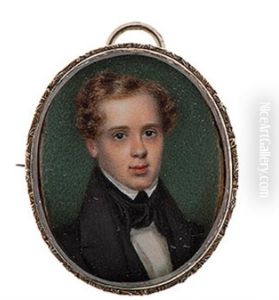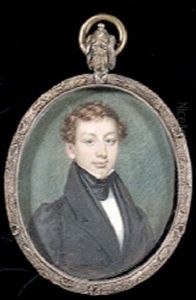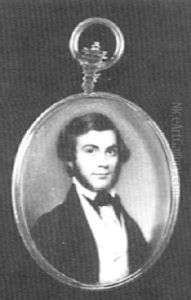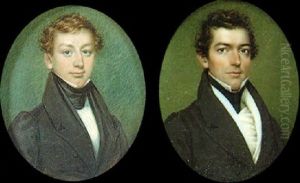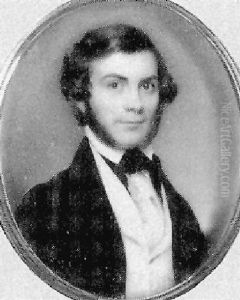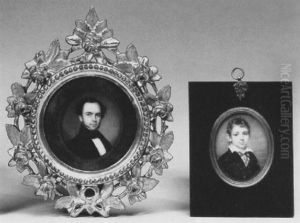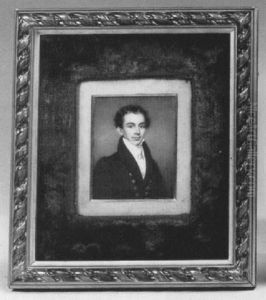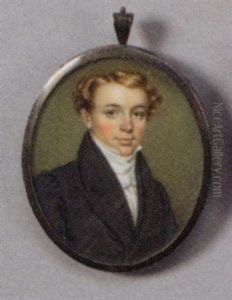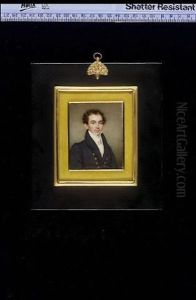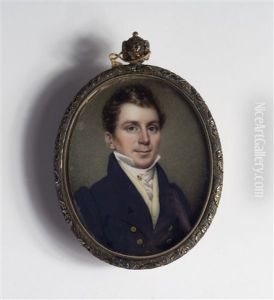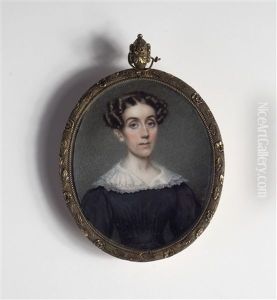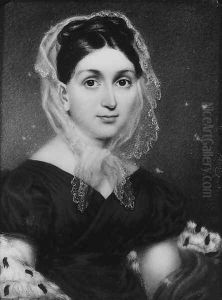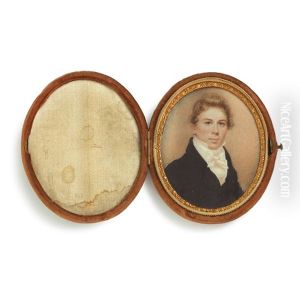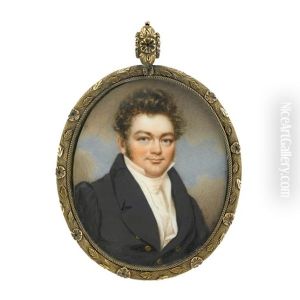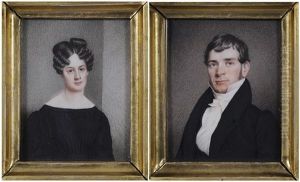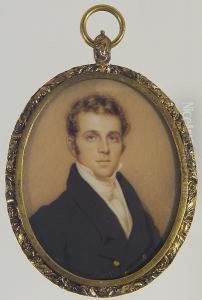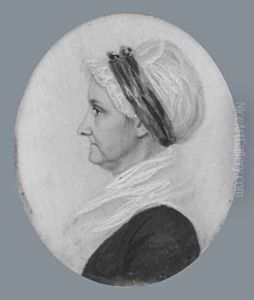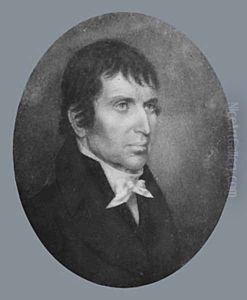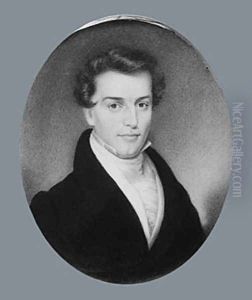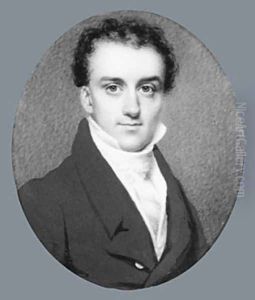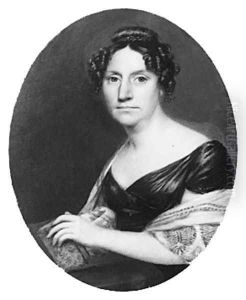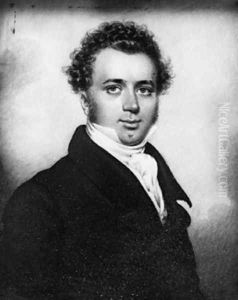Nathaniel Rogers Paintings
Nathaniel Rogers was an American painter born in Bridgehampton, New York, on August 1, 1787. He began his career as an apprentice to a decorative painter in New York City but soon developed an interest in portrait painting. In the early 19th century, the United States was still a young nation, and as such, it was a fertile ground for portrait artists who could capture the likenesses of the country's burgeoning political and social elite.
Rogers studied with the noted American painter Gilbert Stuart in Boston, who was famous for his portraits of George Washington. Under Stuart's guidance, Rogers honed his skills and began to establish himself as a portraitist. He eventually returned to New York and set up a studio in 1820. Throughout his career, Rogers painted many prominent figures of his time, including politicians, businessmen, and socialites. His style was characterized by a strong sense of realism and attention to detail, which helped to capture the personality and stature of his subjects.
Despite his success as a portrait painter, Rogers did not limit himself to this genre. He also explored historical and biblical themes in his work, although these pieces were less celebrated than his portraits. In 1825, he was one of the founding members of the National Academy of Design in New York City, which was established to promote the fine arts in America through instruction and exhibition.
Rogers' career was cut short when he died on March 29, 1844, in New York City. Although he did not achieve the lasting fame of some of his contemporaries, his work remains an important part of the narrative of early American art, providing insight into the cultural and social milieu of the time. His portraits, in particular, continue to be studied and admired for their craftsmanship and historical value.
